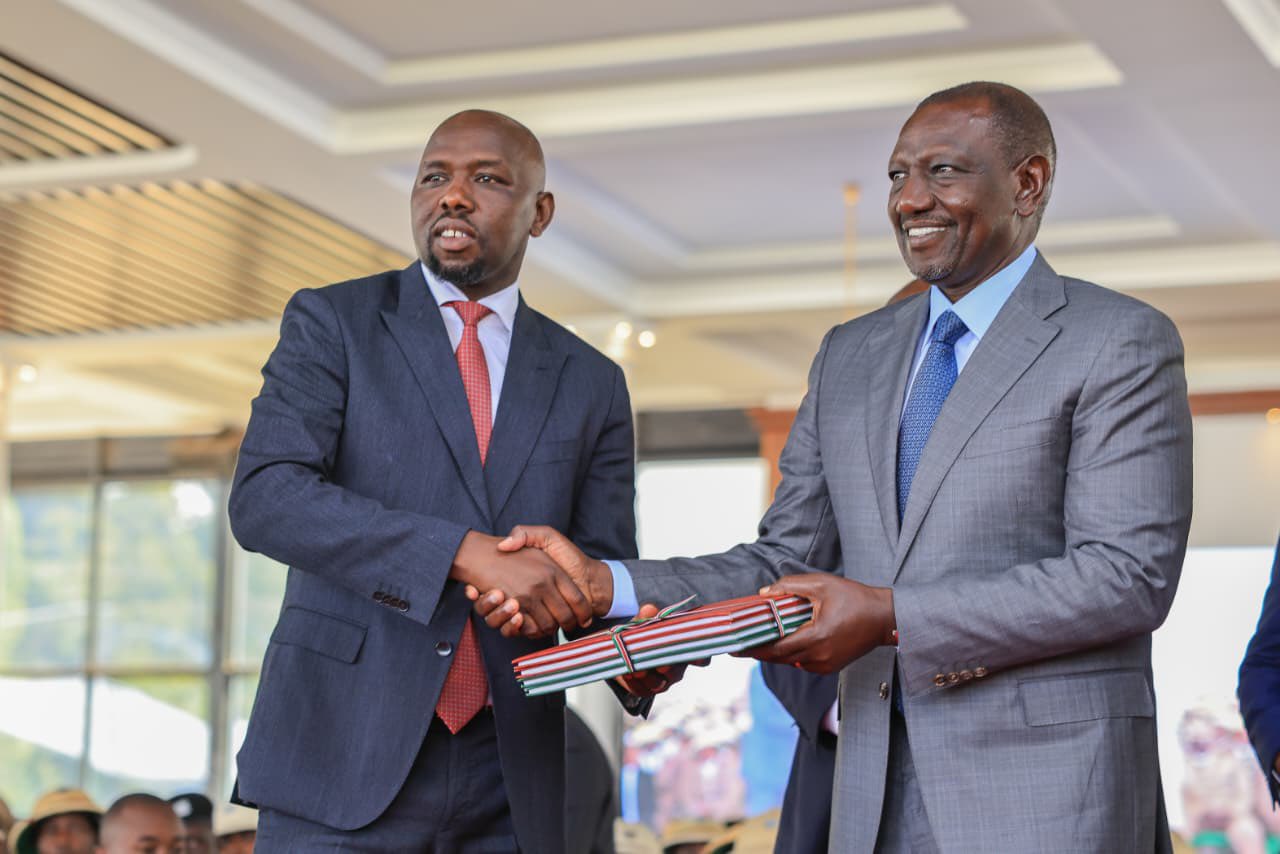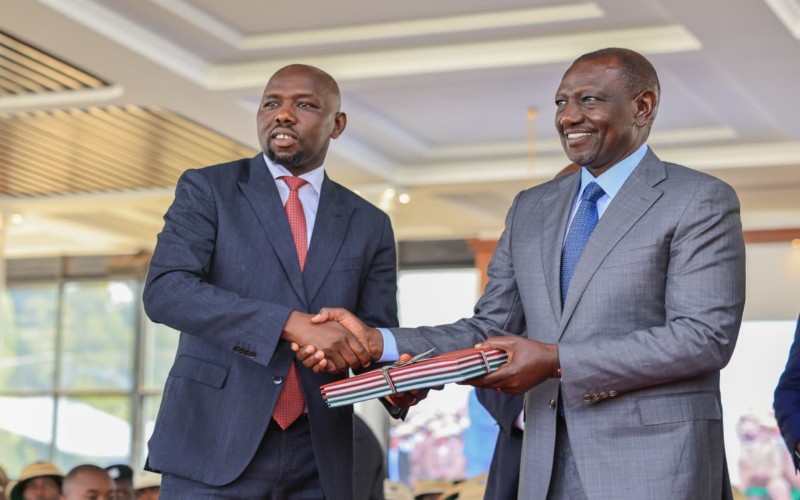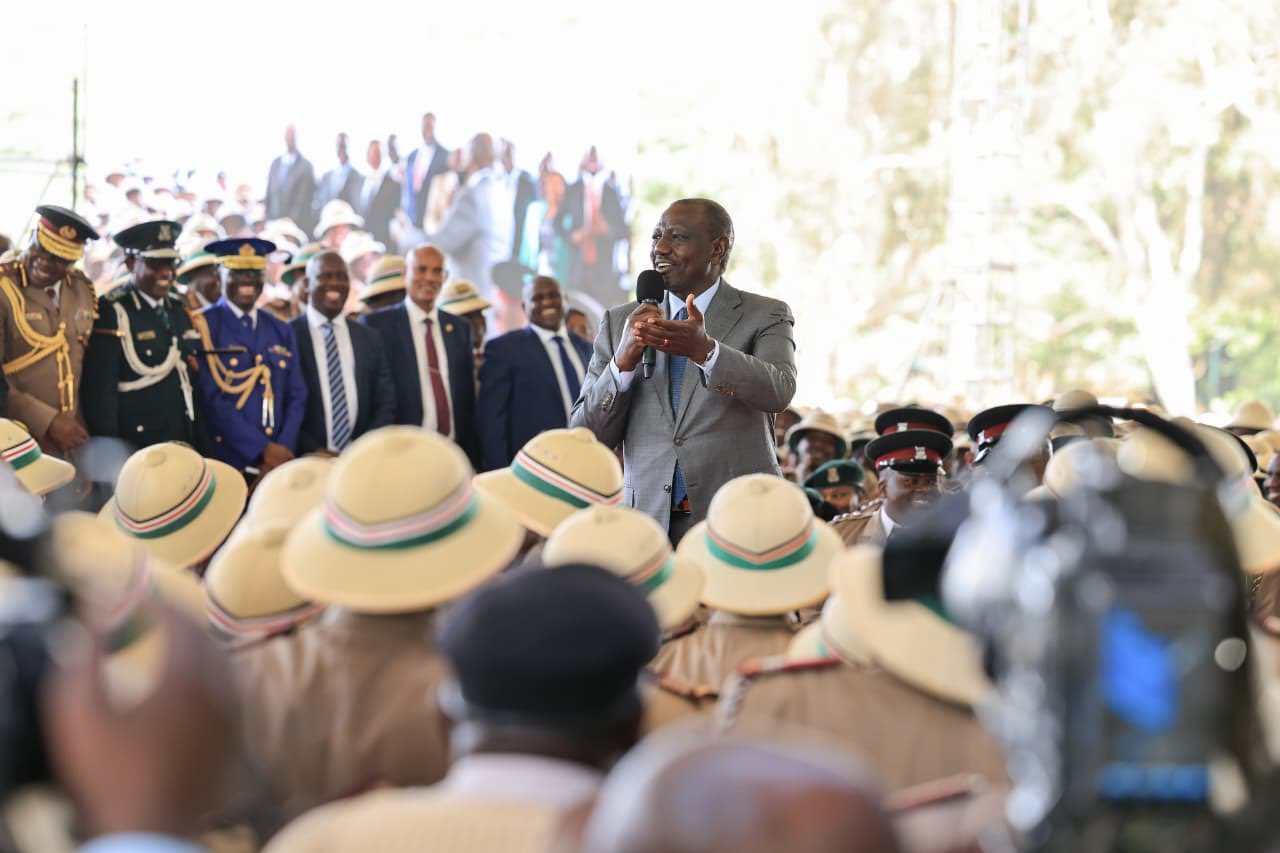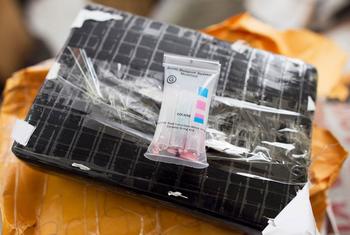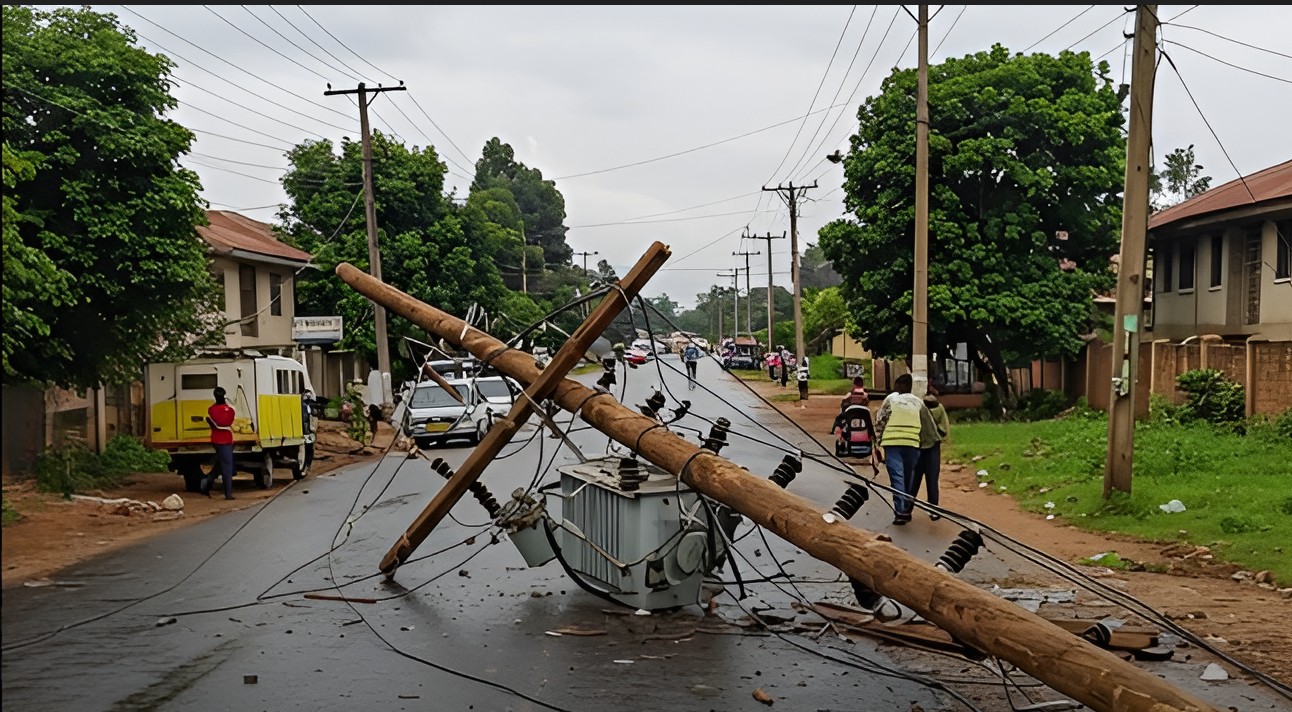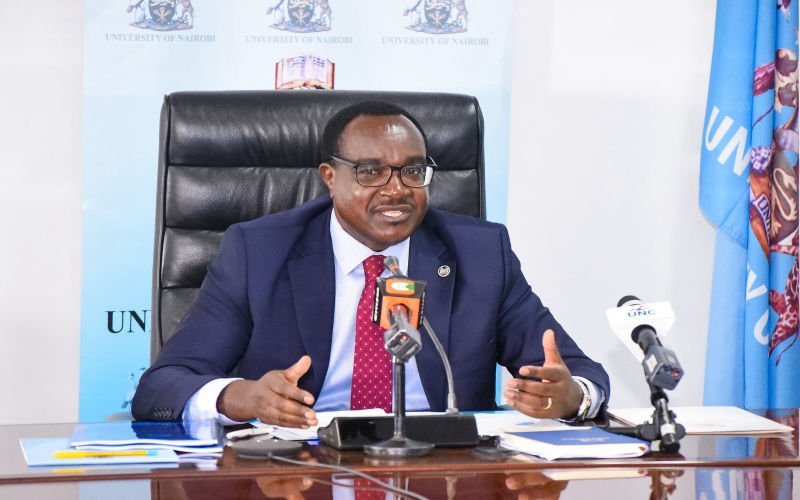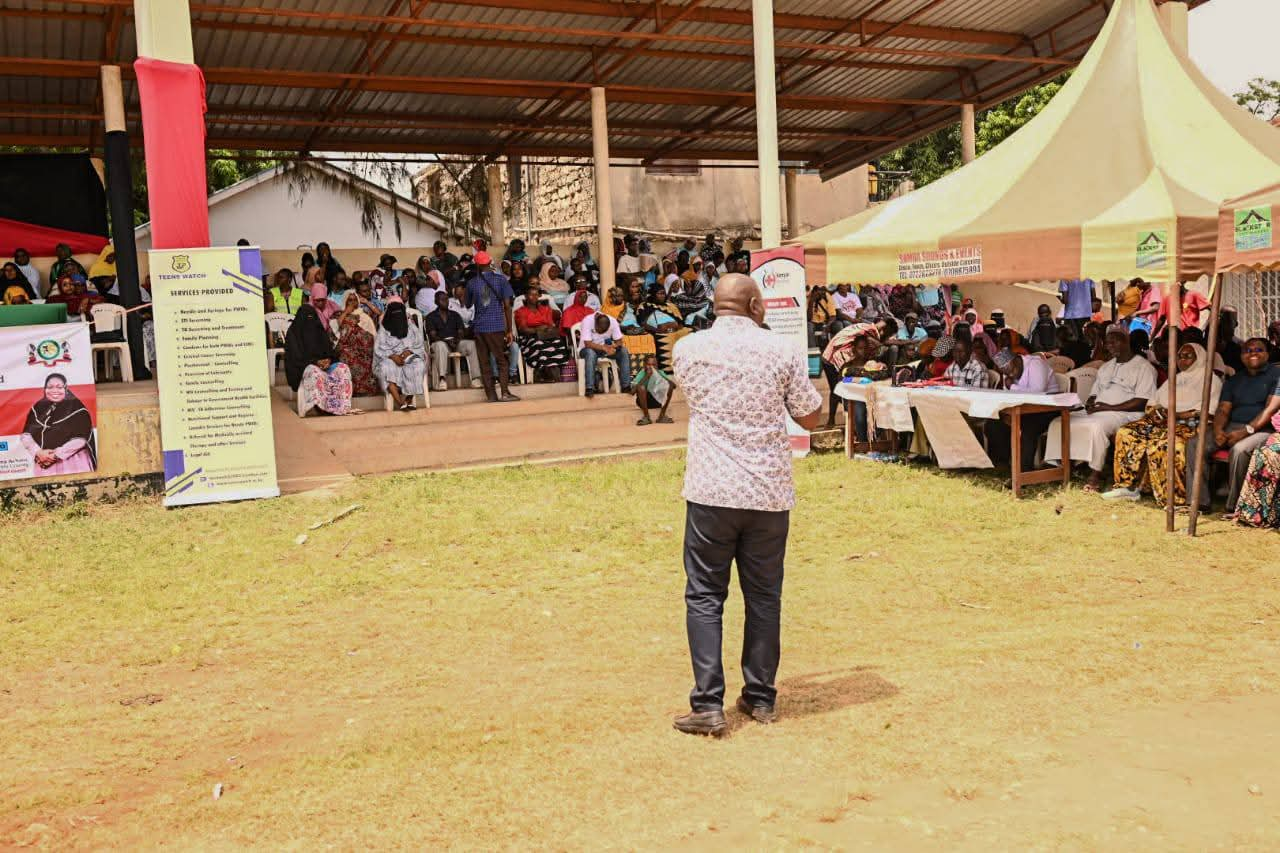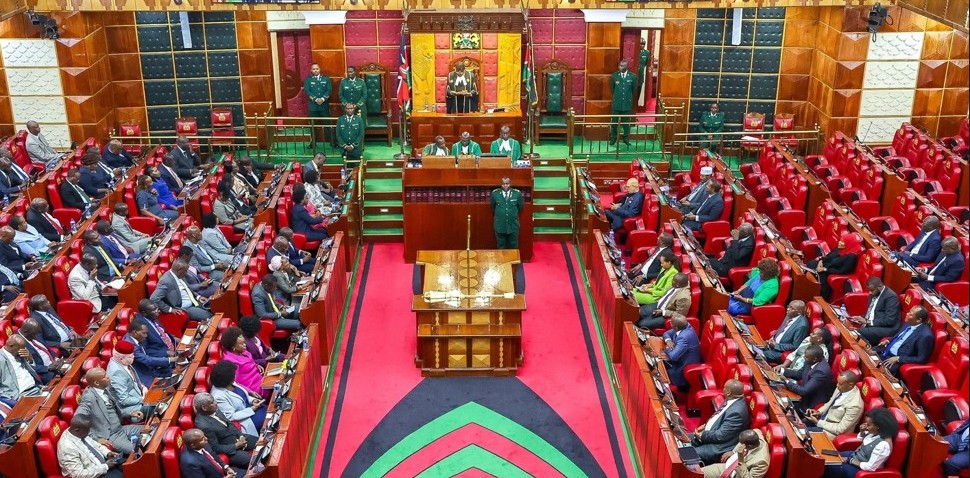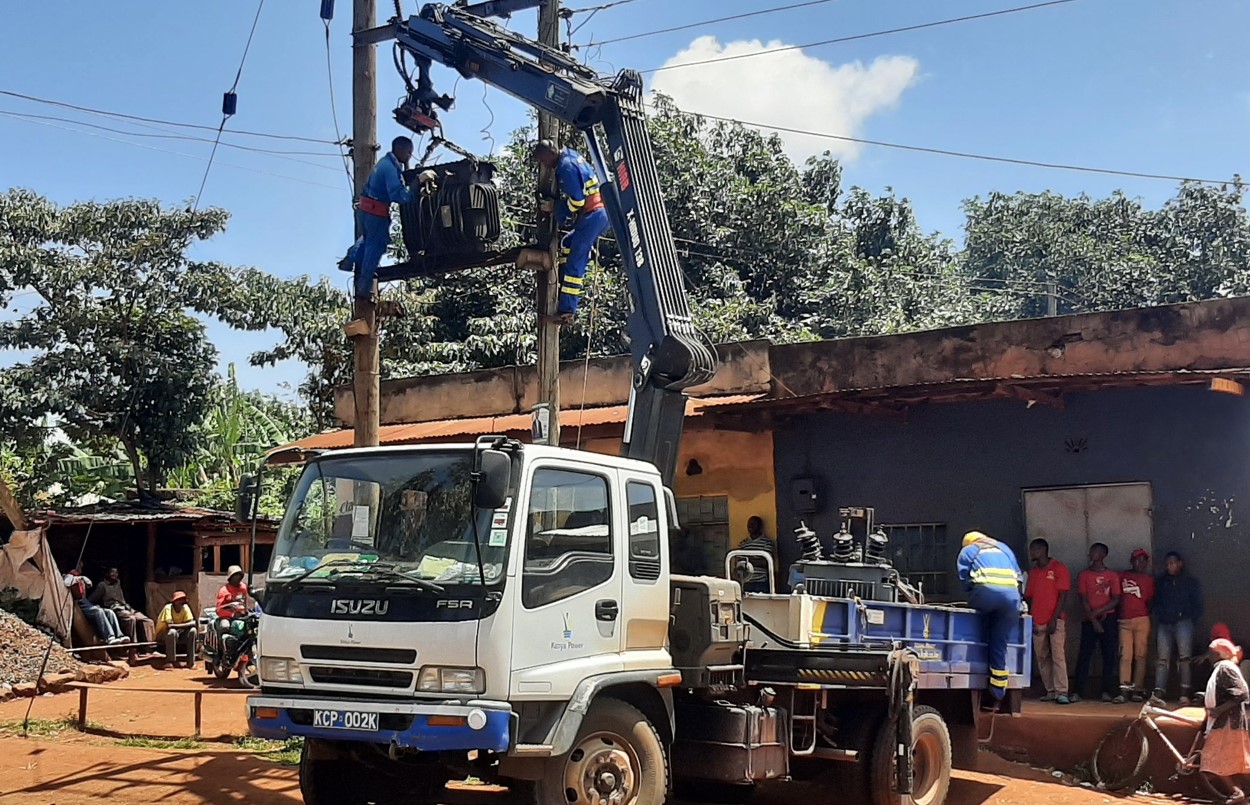Somalia launches new veterinary laboratory to boost livestock exports and economic growth
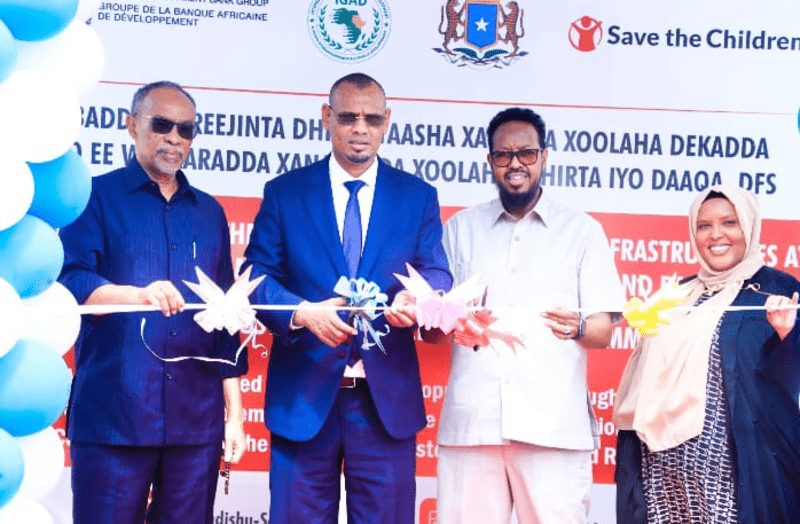
The public welcomed the development, expressing optimism that it would boost the livestock sector, create jobs, and bring much-needed foreign currency to Somalia.
A new veterinary laboratory designed to test and issue health certificates for livestock exports was inaugurated in Mogadishu on Tuesday, marking a significant step as Somalia eyes the lucrative foreign livestock market to enhance economic growth and spur development.
The facility, located near the Mogadishu seaport, was launched by Somalia’s Minister of Livestock, Forestry, and Range, Hassan Hussein Mohamed.
More To Read
- How to make sweet and savoury plantains at home
- Somalia on high alert as Marburg virus outbreak hits neighbouring Ethiopia
- AfDB pledges Sh2.1 billion for new civil engineering, blue economy centre at TUM
- Mogadishu police, intelligence agents crack down on armed groups after surge in street crime
- Somalia declares drought emergency as millions face hunger after failed rains
- International Rescue Committee warns millions at risk as drought intensifies across Northern Somalia
The project was funded by the African Development Bank and the Inter-Governmental Authority on Development (IGAD) and implemented by Save the Children.
“We have officially launched three critical facilities today: a livestock health certification center, a veterinary laboratory, and offices for Ministry staff. These essential resources will play a crucial role in boosting Somalia’s economy, particularly by reviving the livestock export industry, which is vital to our country,” he said during the launch.
He expressed gratitude to the African Development Bank, IGAD, and Save the Children for their support in funding and constructing the livestock testing centre, which will significantly strengthen Somalia’s livestock sector—the backbone of its economy.
The Minister urged Somalis to make full use of the facility and to protect it, emphasising its potential to transform the livestock industry.
The Minister of Ports and Marine Transport, Abdullahi Ahmed Jama, announced that with the inauguration of the livestock health certification centre, the Mogadishu seaport would begin exporting livestock for the first time in many years.
“For a long time, livestock exports through the Mogadishu seaport have been non-existent. We now anticipate that livestock exports will soon resume from this port. While some cattle have been exported in the past, the numbers were minimal. I want to thank everyone involved in establishing these facilities,” Jama said.
He highlighted that livestock is a key economic driver in Somalia, noting that the country imported livestock worth $1 billion last year. He expressed hope that the new facility would further boost livestock exports, strengthening this vital sector.
Save the Children, which constructed the facilities and officially handed them over, praised the project, stating that it would significantly bolster the country’s economy and improve the livelihoods of pastoralists across Somalia.
According to a 2016 policy brief by the IGAD Centre for Pastoral Areas & Livestock Development (ICPALD), livestock contributed $8.152 billion to Somalia’s economy in 2013. The report identified milk as Somalia’s most economically important livestock product, with a value of $6.58 billion in 2013.
“This facility will enhance market access, trade, and livelihoods for pastoralist communities across the region,” Save the Children Somalia announced on X.
The public welcomed the development, expressing optimism that it would boost the livestock sector, create jobs, and bring much-needed foreign currency to Somalia.
“One of the main reasons we couldn’t export livestock was the lack of a veterinary testing centre. We are very optimistic that this new facility will revitalise our livestock sector, which is our economic backbone. I believe it will also create job opportunities, especially for youth with degrees in Animal Husbandry and Veterinary Science,” said Mohamed Ali Hashi, a businessman in Mogadishu, in an interview with Eastleigh Voice.
According to the International Livestock Research Institute (ILRI), Somalia has a substantial livestock population, including an estimated 7.1 million camels, 5.3 million cattle, 30.9 million goats, and 13.6 million sheep. Livestock contributes around 80 per cent of the agricultural GDP and about 45 per cent of the national GDP.
The Somali livestock sector faces challenges such as climatic shocks, diseases, loss of biodiversity, land degradation, and deforestation. Pastoralism remains a way of life for many Somalis and a major source of household wealth.
Top Stories Today
